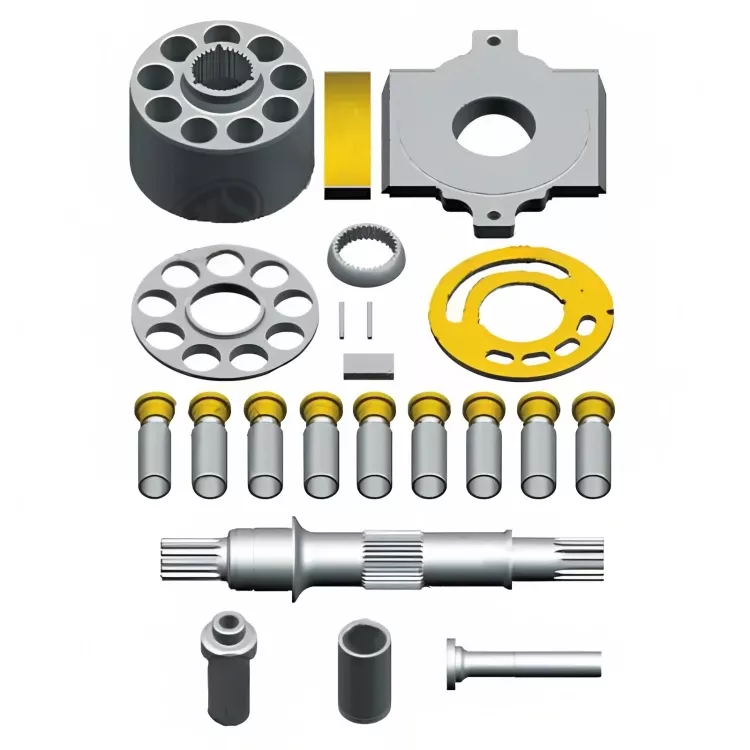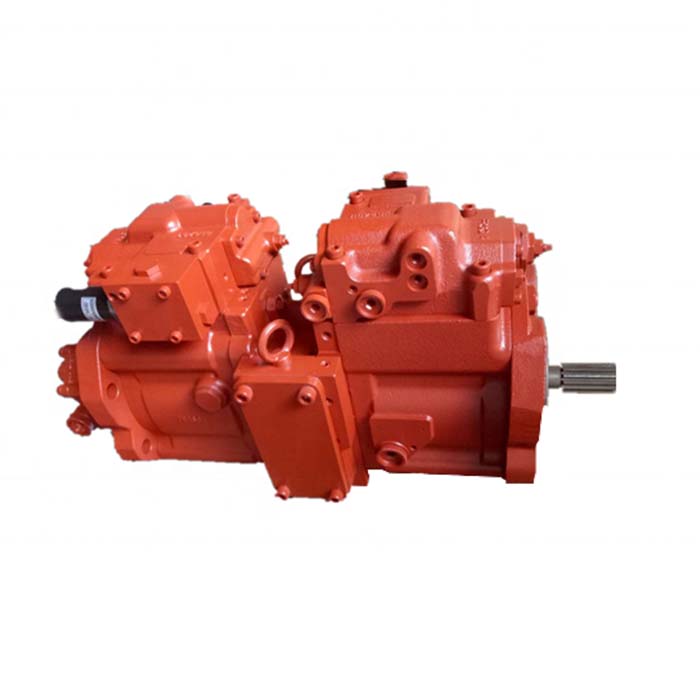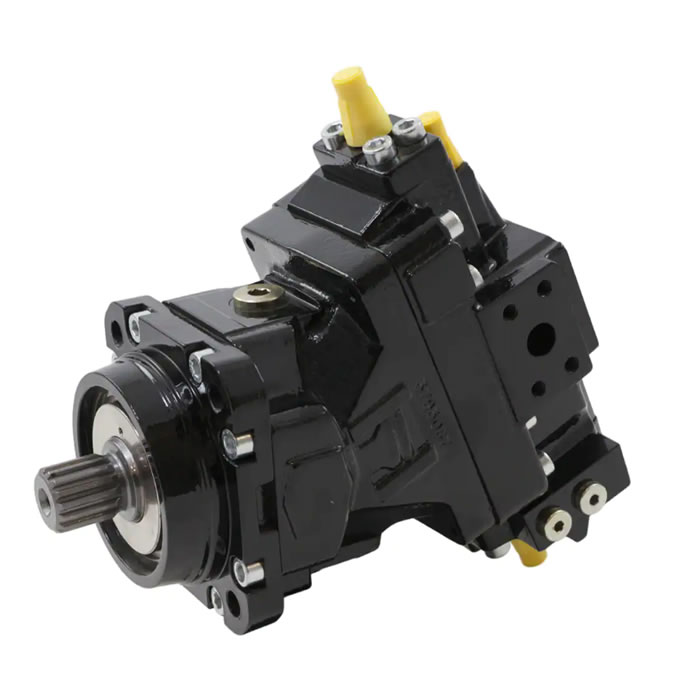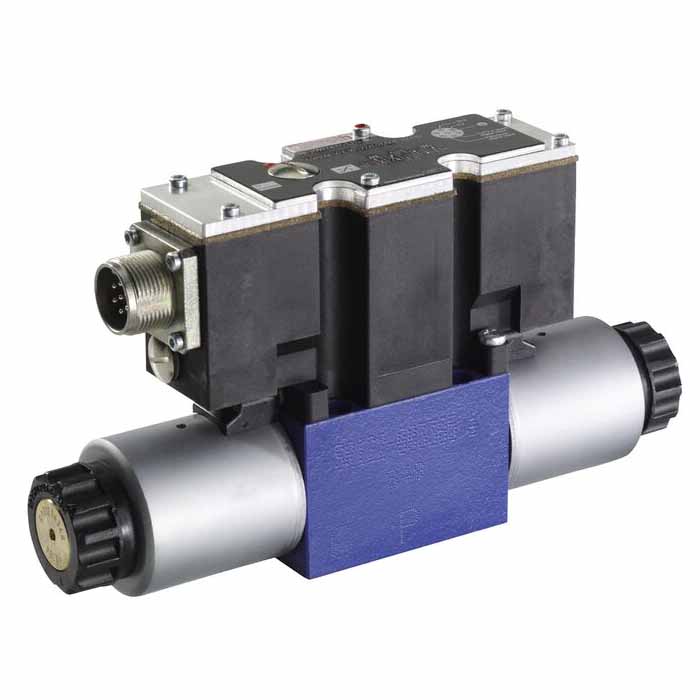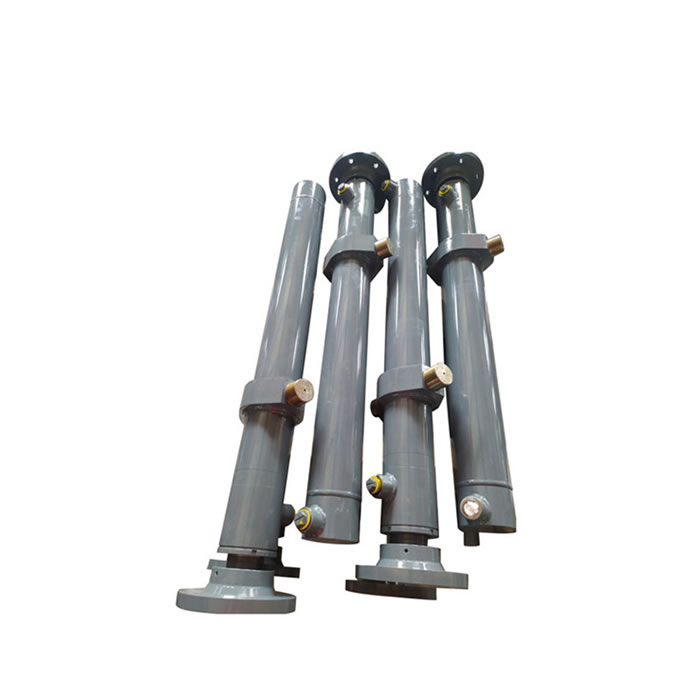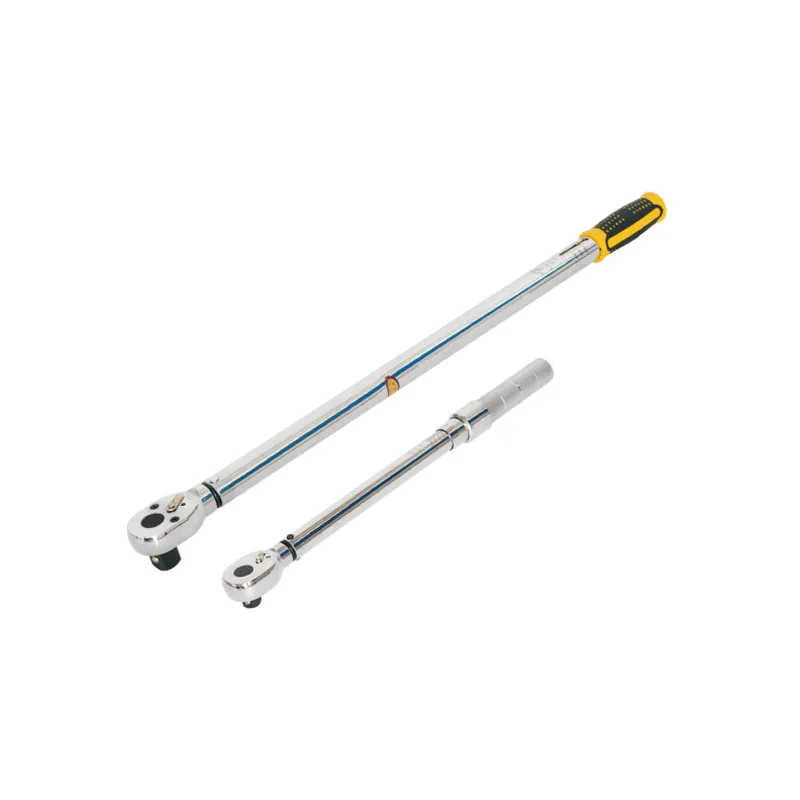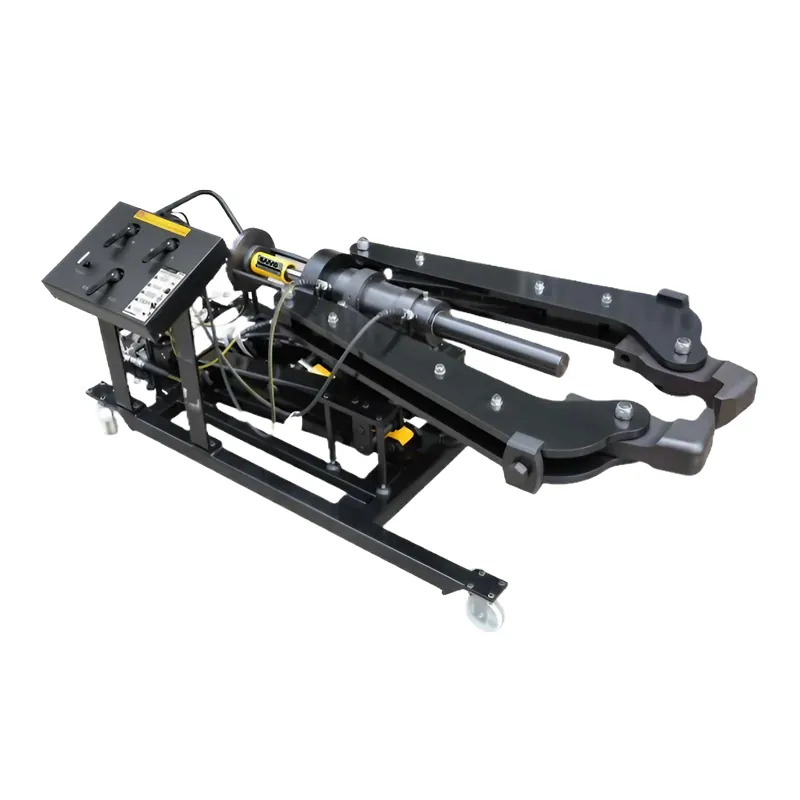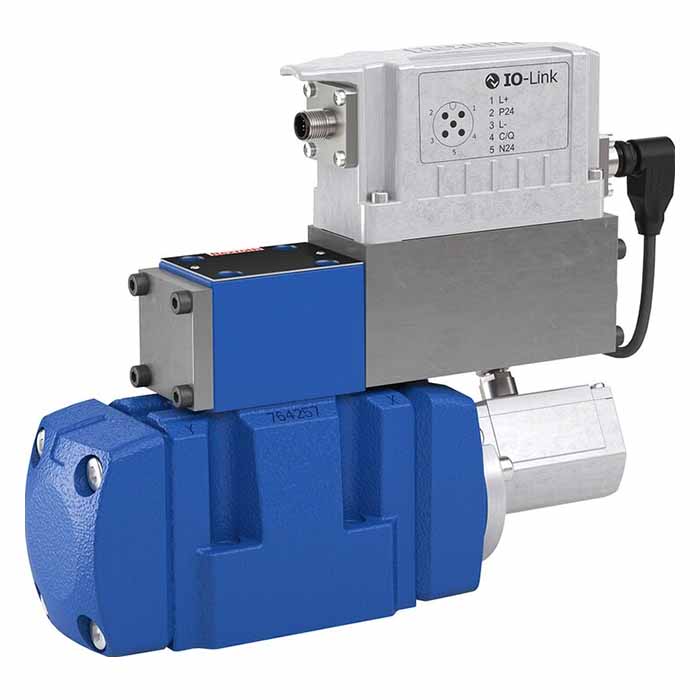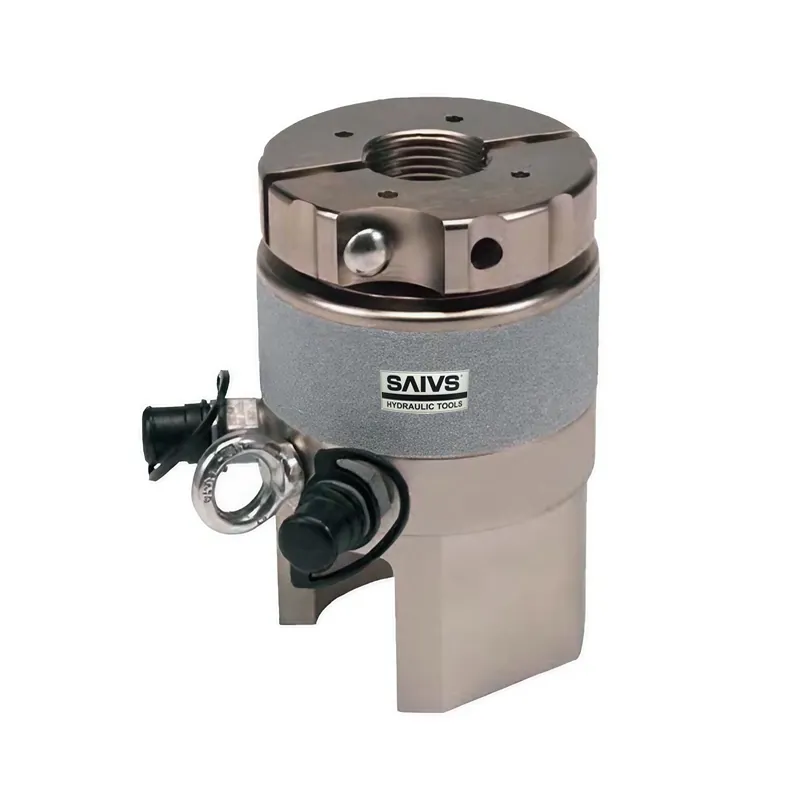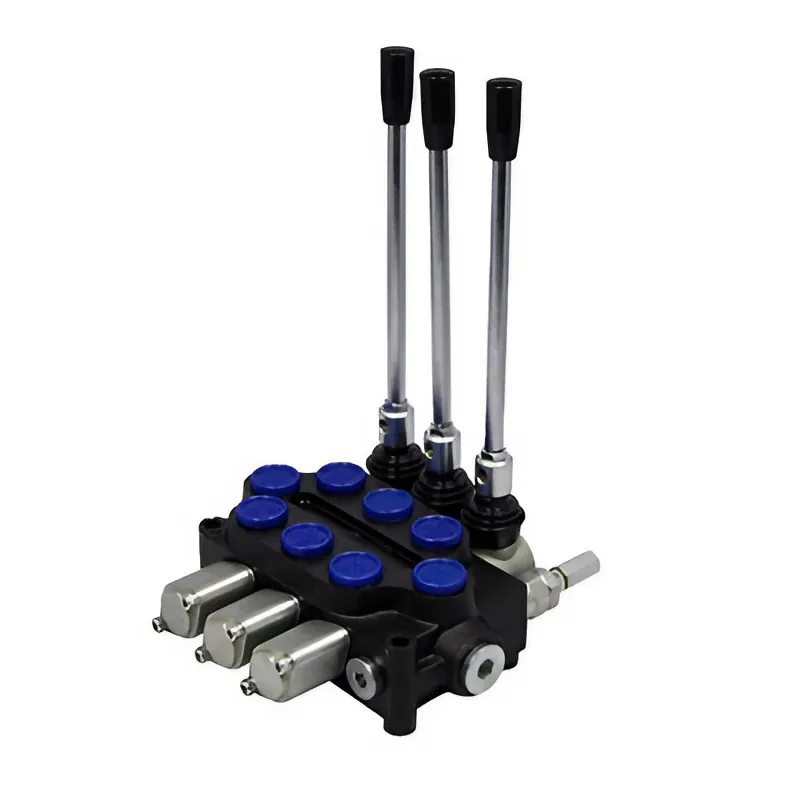How to maintain a hydraulic system
How to Maintain a Hydraulic System
Before starting on this checklist, you may want to have your system's literature with you, to check manufacturer specifications for things like filter schedules, oil specs and average temperatures.
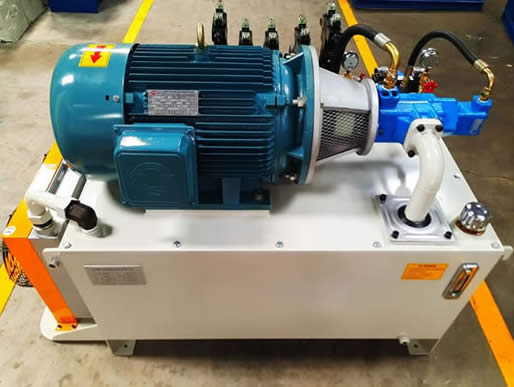
1. Oil Maintenance
oil-maintenance-for-hydraulics
Keep a consistent schedule for checking the condition of your hydraulic fluid. It needs to remain clean and free of any contaminants. You can help minimize the risk of contamination by keeping the area around entry points, like dipsticks and fuel plugs, clear of dust and debris. Maintaining fluid levels and checking filters is also important here.
Read the manufacturer specifications to find out how often you should change the fluid and other factors of hydraulic fluid care.
2. Changing Filters Regularly
Visually inspecting hydraulic fluid can't alert you to all pollutants, and the filters won't always show them either. Filters take on the task of removing these particles, so they need to be replaced according to schedule. If applicable, make sure to clean the filter bowl as well.
3. Rod Conditions
Visually inspect the rod for wear, such as corrosion and pitting. These issues can lead to moisture within the fluid, which compounds and can cause many problems for your hydraulic system, like increased wear and inadequate lubrication.
4. Seal Replacement
If rod corrosion occurs, it can damage the seal from excess friction. Other dangers to seals include excess pressure and fluid contaminants. Leakage can be a sign that a seal is worn. If there are signs the seal is damaged, check with your equipment manufacturer about proper replacement.
5. Regular Hydraulic Lines Check-Up
Fluctuations in pressure or line thickness can lead to problems. Ballooned lines are the result of excessive pressure from the cylinder, which can cause high-pressure fluid to pass and wear out the seals. Regularly inspect the condition of the lines and make sure they are not ballooning.
6. Inspect Fluid Levels
For optimal functioning, you must watch your fluid levels, adding to them as needed. Too little hydraulic fluid can damage your pumps. Be careful not to mix oils and to meet the specifications given by the manufacturer.
7. Check Breather Caps, Fill Screens and Breather Filters
Breathers must be kept clean or risk contaminating the hydraulic system. Clean the breather regularly and make sure it does not have any holes or tears. Different types of breathers may have additional requirements. Spring types, for instance, may need to be replaced annually, to avoid a loss in tension that allows contaminants in. Others can have indicators that tell you when to replace filters or caps. Be aware of any additional steps such as these.
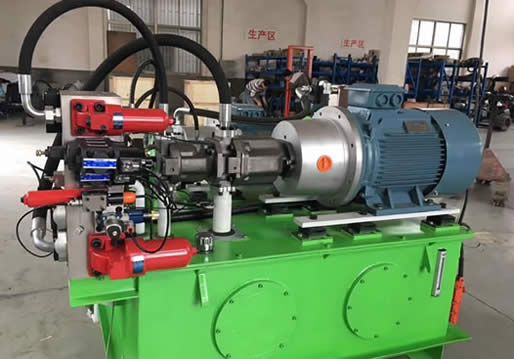
8. Inspect Filter Indicators
Most filters have pop-out buttons that trigger when it is clogged. Check for any of these indications and replace the filters as needed.
9. Visually Check All Pipes, Pipe Connections and System Hoses
check-all-pipes-connections-hydraulic-hoses
If hoses are pinched, kinked, frayed, bubbling, stretched or otherwise damaged, they can restrict the flow of fluid or lead to pressure leaks. Most of these problems are visible from the outside, but you'll also have to watch for issues that could indicate internal wear that could potentially clog a hose.
Check pipes, fittings and couplers as well. Look for any dents or corrosion on pipes. Fittings should be snug, but not overly tight, and couplers need to stay clean, to prevent contamination.
Aside from excessive oil consumption, leaks can also lead to overheating and severe safety and environmental hazards. These can be difficult to clean up and dangerous for employees, so watch out for signs to prevent leaks in the first place.
10. Check the System Temperature
If your system temperature gets too hot, it could indicate an issue with your cooler or relief valve. Low fluid levels could also contribute to heat. Use built-in or infrared thermometers to check temperatures. Do not touch components that you suspect may be hot, as this can lead to severe burns.
11. Visually Inspect Inside the Reservoir
Aeration within the reservoir can cause overheating and wear on seals and system components. It happens when air bubbles enter the oil stream, from low fluid levels, low fluid temperatures, air leaks, and bad seals. Foaming, loud gurgling noises and whirlpools at the suction strainer are indicators of aeration.
12. Listen to the Pumps
Listening to the pumps gives you an idea of cavitation that may be present. While similar to aeration, cavitation is the result of gas bubbles experiencing rapid changes in pressure. They implode and cause miniature shock waves. These generate wear and repeated stress on the metal surfaces, damaging the components. Cavitation and aeration have similar causes.
If a pump is cavitating, it will release a high-pitched whining sound.
13. Inspect a Sample of Hydraulic Fluid
To check your fluid for quality, take a small sample and inspect it. Do a quick visual inspection for color abnormalities and visible contaminants. You may also want to inspect for any unusual odors. Performing a contamination test can offer a more accurate review of the fluid's qualities. It offers detailed findings for particle contamination, water contamination, viscosity, acidity and signs of overheating.
14. Perform Hydraulic valve Maintenance
Scan electrically-controlled Servo valves using an infrared thermometer and check the temperature of these valves. If it is higher than 150℉, you may have a problem with the valve. Slow or errant operation at the valve points can be a sign of contaminated fluid.
15. Check the Electric Drive Motor
Keep your infrared thermometer out and use it on the electric drive motor to detect any areas of high heat. These areas could be on the housing or rotor bearings and require servicing to avoid further damage to the equipment.

